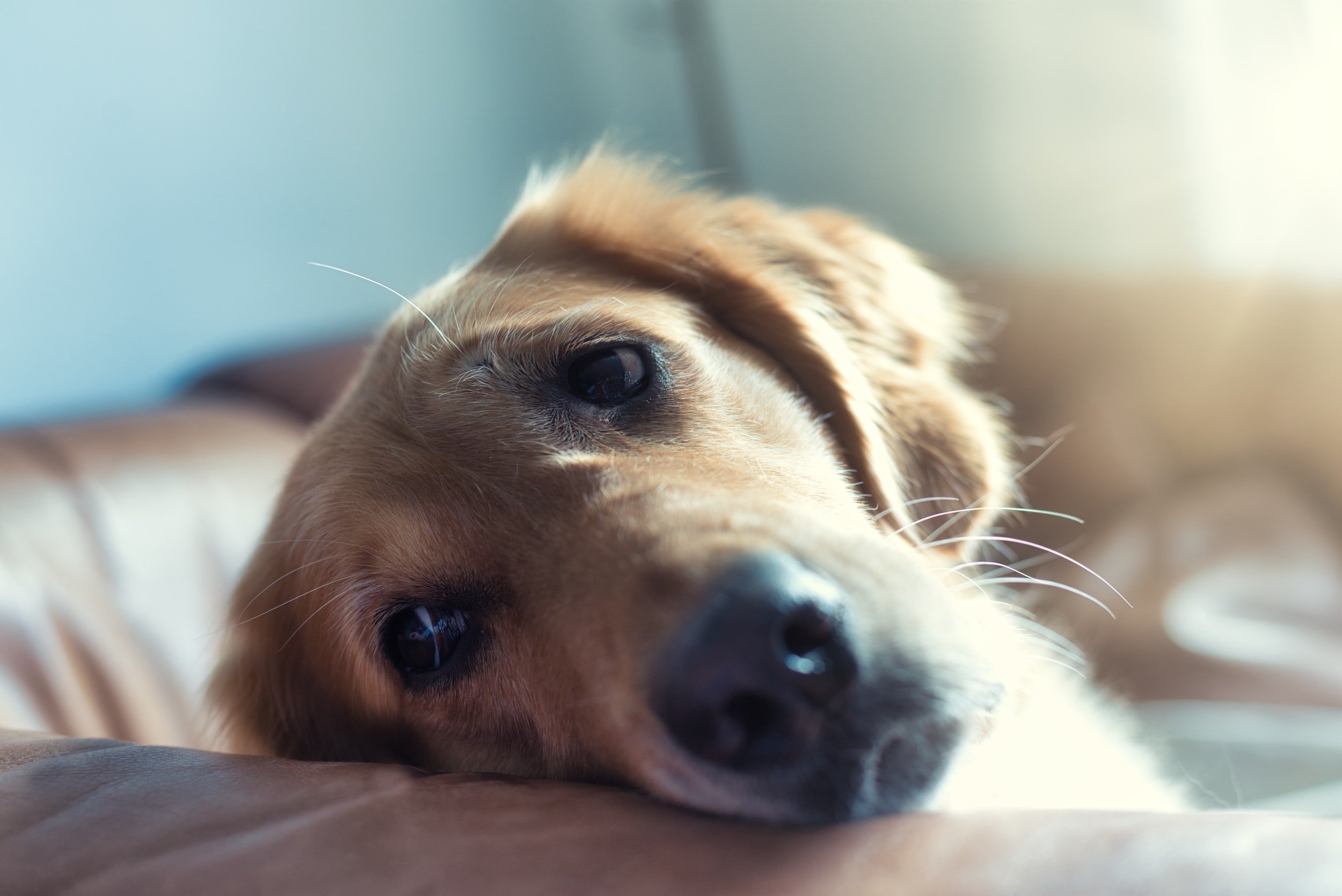
PREVENTING SEPARATION ANXIETY
Preventing Separation Issues
Dogs evolved as companions to people and most of them seem to enjoy this role very much! It is natural for dogs to experience varying levels of stress and anxiety when separated from a person they are attached to. Even if your new dog does not have separation anxiety (the majority of dogs adopted from shelters do not), it is important to help your dog find a healthy balance between enjoying your companionship and being sufficiently independent to tolerate being alone for periods of time. Below are some suggestions for preventing separation issues from the very beginning:
Teach your dog that his confinement “spot” is a good place where good things happen. The “spot” is his confinement area (crate for short-term, safe room for long-term) where he will be left while you’re gone. Take him to this spot often and give him lots of happy praise and treats while he’s in there.
Get your dog used to the idea that you leaving is a regular, normal, and safe occurrence. Try to leave your dog alone for several short trips before leaving him for your first long stretch. This can begin with crating him and taking a walk to your mailbox or next door to visit with a neighbor.
To avoid associating your leaving routine with long absences, you can fake your dog out! Practice picking up your keys, putting on your coat, putting your bag over your shoulder – and then sitting on the couch to read.
Avoid long, drawn-out farewells or goodbyes. Keep your arrivals and departures low-key. If you have a dog with an especially clingy personality, ignore your dog for 5-10 minutes before departures and after arrivals.
Start to use the crate and/or tie-down right away when you are home. This will teach your dog that he is still safe, even when he is not right by your side. • As difficult as this is to do with a new dog, don’t shower him with constant attention when you’re home. Give him some structured activities and some attention, but balance that with time spent by himself chewing or otherwise occupying himself.
Because panic responses usually occur very soon after you have left, give your dog a Kong® or other appropriate things to chew on before you leave. Chewing releases anxiety in dogs, and he may be so distracted by his delicious chewie that he will “forget” to miss you.
Establish a “safety cue” with your new dog. Consistently turn on the radio to a classical music station (which is calming), give a specific chew toy or say a specific word before your initial short trips (even those trips to the mail box or neighbor’s house)…and then return home. Over time, your dog will learn that the radio/toy/word means that you are eventually coming home. What is separation anxiety?
Separation anxiety in dogs is a condition involving the display of panic symptoms in response to being left alone. This panic response might manifest itself in destructive behavior, excessive vocalization, escape attempts, inappropriate elimination, or other signs of extreme panic. We aren’t sure why or how some dogs develop separation anxiety while others don’t, but some common scenarios involve:
Dogs who have not previously spent much time alone.
Dogs who were abandoned at critical points in their development.
Dogs who were re-located to an isolated garage or yards.
In addition, some newly-adopted dogs become immediately attached to/overly reliant on their new owners and become very insecure when their person leaves them alone. Occasionally, this is a result of losing a previous home and person to which he was attached. Some dogs adjust quickly, while other dogs (even if they appear stable in the shelter) may demonstrate anxiety in a new home.
If your dog has separation anxiety…
If your dog has true separation anxiety, he will probably do some of the following:
Get very worked up and anxious when you are preparing to leave the house. Things like picking up your car keys or putting on your coat will trigger anxious behavior.
Engage in inappropriate behavior ONLY when you are separated. Behaviors like urinating, defecating or destructive behavior (particularly near the door or windows) while you are gone are signs of separation anxiety.
Follow you everywhere and become distressed if he can’t be near you.
Act “over the top” with his greetings when you come home. Dogs with separation anxiety will usually take awhile to calm down after such greetings.
If your dog is exhibiting signs of separation anxiety:
The suggestions above for preventing separation issues may also help desensitize your dog to staying alone. Be aware of over-crating your dog, as this may add to his anxiety.
NEVER, EVER punish your dog for exhibiting any signs of separation anxiety. Your dog will not understand why he is being punished. Separation anxiety is a panic response – not bad behavior.
Do not get a second dog to “keep your dog company.” Separation anxiety is about your dog’s response to separation from you, and adding another dog to the mix is likely to result in two anxious dogs.
Consult a local behaviorist for next steps on working with your dog.
